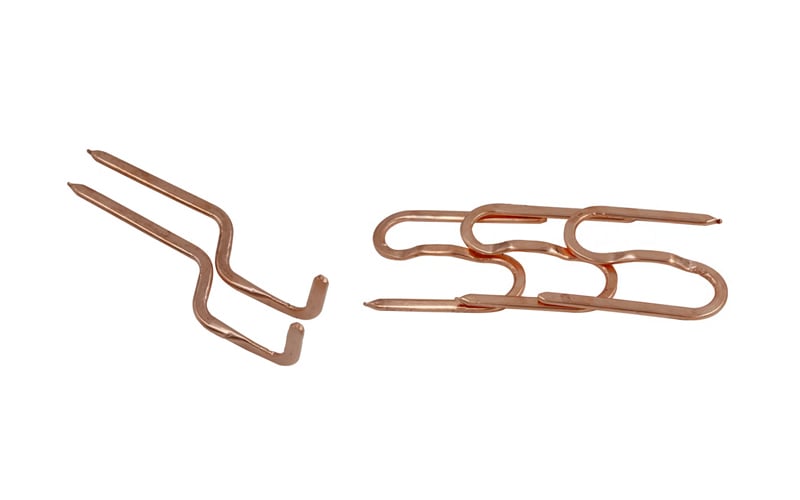What are Heat Pipes?
Heat pipes are passive heat transfer devices that are commonly used in electronics, HVAC systems, and aerospace applications. They efficiently transfer heat from one point to another through the evaporation and condensation of a working fluid within a closed loop.
The Importance of Reliability Testing
Reliability testing is crucial for heat pipes to ensure their performance under various operating conditions. This testing helps identify potential failure modes, design weaknesses, and manufacturing defects that could impact the long-term reliability of the heat pipe.
Types of Reliability Testing
There are several types of tests conducted to assess the reliability of heat pipes, including thermal cycling tests, pressure tests, vibration tests, and thermal shock tests. These tests simulate real-world conditions to evaluate the heat pipe's ability to withstand stress over time.
Longevity Testing Procedures
Longevity testing involves subjecting heat pipes to prolonged operational cycles to mimic their expected lifespan in the field. This testing helps determine how the heat pipe performs over an extended period and whether any degradation occurs over time.
Factors Affecting Reliability
Several factors can influence the reliability of heat pipes, including the quality of materials used, manufacturing processes, operating temperatures, and environmental conditions. Understanding these factors is essential for designing reliable heat pipe systems.
Benefits of Reliability and Longevity Testing
By conducting comprehensive reliability and longevity testing, manufacturers can validate the performance of their heat pipes, optimize their designs, and identify potential issues before they arise in the field. This proactive approach helps improve product quality and customer satisfaction.
Industry Standards for Testing
There are industry standards such as MIL-STD-810 and IPC-9592 that provide guidelines for conducting reliability and longevity testing on heat pipes. Adhering to these standards ensures that the testing process is rigorous and consistent across different manufacturers.
Testing Equipment and Facilities
State-of-the-art testing equipment and facilities are essential for conducting reliable and accurate tests on heat pipes. These facilities are equipped with thermal chambers, pressure chambers, vibration test rigs, and other specialized tools for evaluating heat pipe performance.
Data Analysis and Reporting
After completing the reliability and longevity testing, the data collected is analyzed to assess the heat pipe's performance metrics, such as thermal conductivity, heat transfer efficiency, and reliability indicators. A detailed report is then generated to communicate the test results.
Continuous Improvement and Feedback Loop
Reliability testing is an ongoing process that requires continuous improvement based on feedback from test results and field performance. Manufacturers use this feedback loop to refine their heat pipe designs, materials selection, and testing procedures to enhance reliability and longevity.

